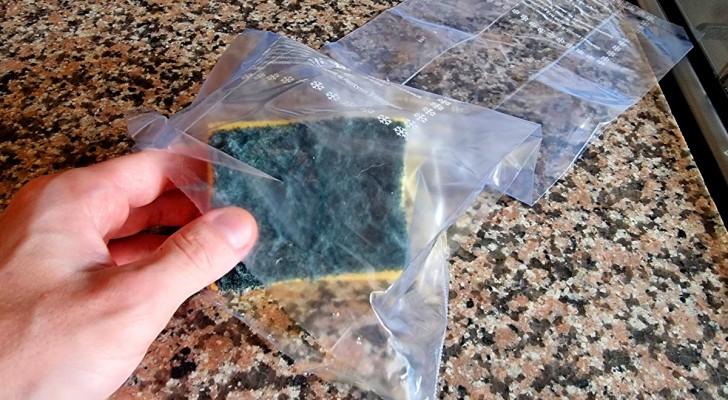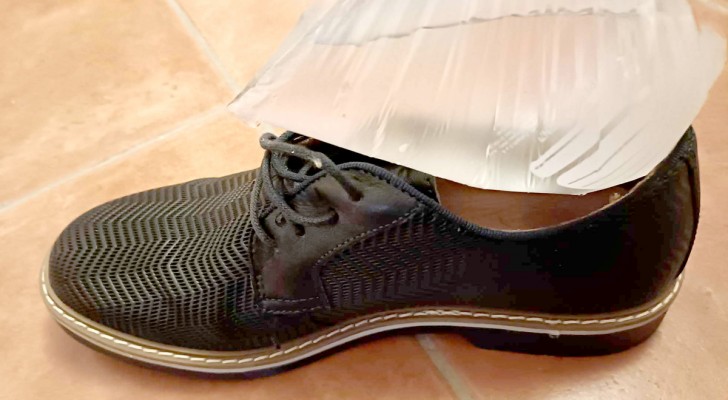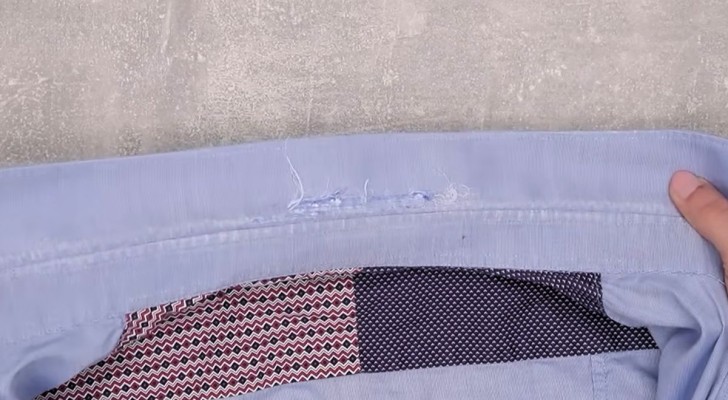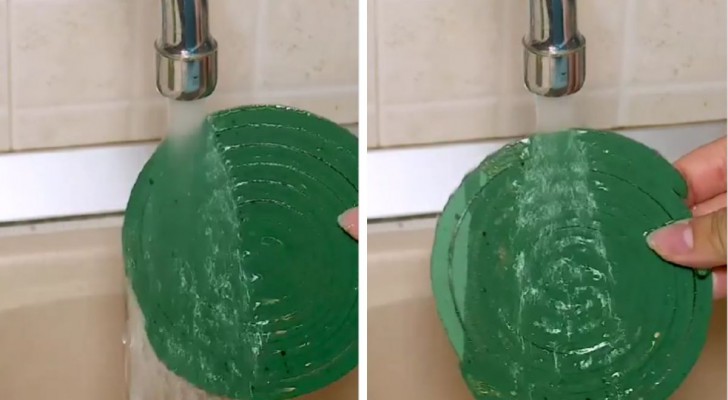Home maintenance: Discover the simplest jobs you can do by yourself
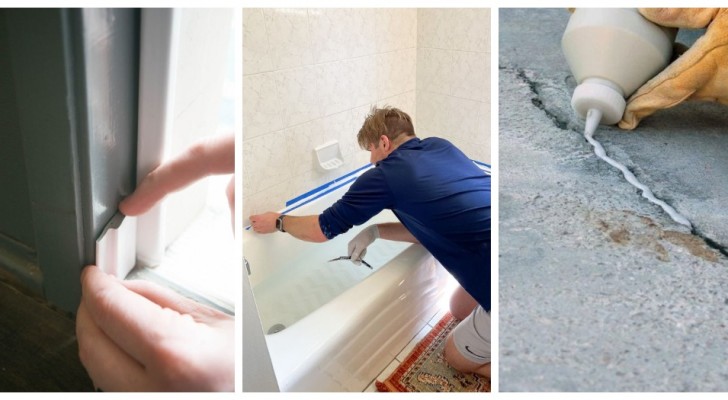
Maintenance of our homes is a continuous job, requiring a whole series of chores and tasks that are repeated every season and always increasing over time, since time inevitably leaves its mark on everything. If we do not have time or proper skills, it is always good to contact some professionals, even for minor interventions. But there are some maintenance jobs that can be easily done using DIY techniques and without having to call in someone and spend more money.
In fact, various repairs and improvements can sometimes be solved at a very low cost, as in the examples described below:
Replacing weatherstripping
If you want the door and window seals to be ready to face the winter cold, and also protect you from the heat of summer by sealing in the cool air from air conditioners, fans and the like, you can easily remove them and replace worn seals with new ones. They don't cost much and once the drafty gaps are sealed properly, the rooms become much more liveable in terms of temperature, and also much more difficult for unwanted insects and other pest to get into.
Bath or shower seals
Silicone that is used in the gap between the bathtub or shower and the wall must be changed periodically. This doesn't happen every year, but even if you are careful to clean the seal often to prevent mold and dirt from building up on the seals, sooner or later they become a breeding ground for unwanted mold and mildew. Peel all the old seal off and replace it with new silicone - and this is a very quick chore to do.
Open and close the water valves
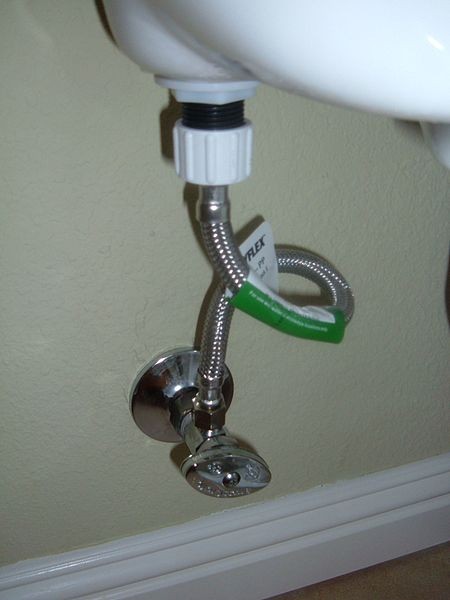
Under the toilet or sinks there are water delivery valves that are used to stop the flow of water to the respective sanitary appliances (dishwasher, sinks, washing machine, etc). They are generally only closed when there is plumbing work to be done, so in reality, it is easy for limestone deposits to form both inside and outside of the tap mechanism if they remain undisturbed for years. A couple of times a year, therefore, they should be opened and closed in order to prevent them from locking up.
Faucet aerators
Sinks often have a perforated disc (faucet aerators) inserted in their opening, which serves to break up the jet of water so that it comes out more evenly. These quickly deteriorate over time, falling victim to rust and/or limescale. A couple of times a year, therefore, take these apart and soak them in vinegar and water to unblock them and make them look like new again. If they are irrecoverable, take them with you to a plumbing or hardware store and purchase new ones of the same size.
LED bulbs

LED bulbs consume less and last much longer than traditional bulbs and this is especially true of those of the latest generation. They can also emit light in different colors and can be adapted to various types of rooms much easier than the classic ones, making them a much more useful, economic and flexible choice.
Dimmer switches
Not only changing traditional light bulbs with LEDs, but also changing the traditional light switches to dimmers in the most lived-in rooms, is an upgrade to consider: these switches control the intensity of the light, a way to "dose" the light which is actually needed, and could be an upgrade which ends up saving you a lot on your energy bills.
The cracks in the walkways
Paths and paved areas, especially those in concrete or asphalt, are subject to damage over time with cracks and crevices appearing. To prevent them from filling up with earth where weeds will inevitably grow, it is good idea to seal them as soon as they appear. There are special products you can buy if you don't want to make concrete or have to use small amounts of asphalt.
Basement window covers
Basement windows are those installed in the upper part of basements, so as to let natural light into them. From the outside, they are windows that we see installed just above ground level, and sometimes they are installed by digging out a area of the ground in front of them, so as to free up the space and be able to put a window in.
However, to prevent the space from becoming dirty and soiled with rain and leaves or other debris, an angled cover with high edges should be installed over the recess.
Drain pipe guttering
The function of gutters is to provide a channel that will convey rainwater down to the ground from the roof. If they are not piped into a water storage tank. Catching rain water in a tank using the gutters is a green option and is recommended: this water can be reused to, for example, water the garden later. That said, it is best if the gutter down pipes are not positioned in such a way as to deposit water run-off close to the home (which could damage the home's foundations). It is better to use a solution which will carry the water elsewhere, even dispersing it on the ground which is a little further away from the building. To this end, you can use a piece of gutter as a sluice.
What maintenance jobs do you usually do around the home?

